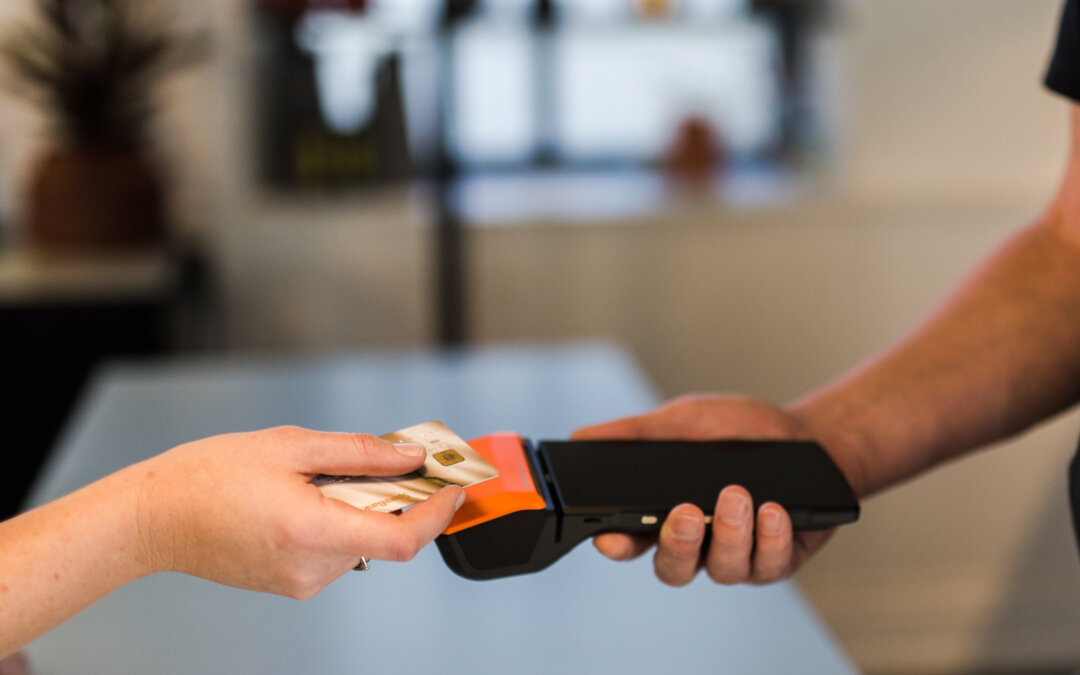More merchants than you might guess rely on systems that claim to “integrate”, but behind the scenes, it’s more like a game of broken telephone. Hidden manual work, mismatched data, and scattered reports aren’t just annoying, they quietly eat up your time and money.
Here’s a quick practical checklist to help you figure out if your setup is actually working for you, or if it’s just politely pretending to. 👇
✅ 1. Can your POS system automatically sync transactions with card payments in real time?
If your merchants are still reconciling sales manually at the end of the day (or worse, the end of the month), that’s a red flag. A true integration pushes payment data instantly into your POS system. This simple integration helps the merchant reduce human error and saves them hours in admin work. It also means their finance and operations teams always have accurate, up-to-date data to make faster, smarter decisions without the hassle of spreadsheets or manual entries.
✅ 2. Does your merchant still have to manually match card payment receipts and transactions on the POS?
This one’s tricky. Many systems say they’re connected, but the payment doesn’t actually “talk” to your POS system. If the merchant still has to chase down records — it’s time to upgrade. Tidypay offers a bolt-on payments approach that makes it easy to integrate payment processing to your POS system. As a result the merchant can experience real-time syncing, and automated reconciliation.
✅ 3. Do your reports help your merchant act in real time — or just explain what went wrong after?
Delayed, partial, or confusing reports are more than just annoying — they block decision-making. Real-time insights help your merchant spot trends, fix issues, and optimize fast. When your payment data lags behind, the merchant is always playing catch-up, reacting to problems instead of preventing them. Real-time reports on sales performance, payment statuses, transaction reconciliation, chargebacks, and customer behavior give your merchant the power to spot trends as they happen, fix issues before they escalate, and make smarter decisions faster.
✅ 4. Is your merchant having to handle multiple contracts for hardware, software and payments?
In addition to the advantages in functionality from having integrated payment and POS systems there is a bigger win for the merchant when operating all combined in an all-in-one device: convenience and price. This approach allows the POS vendor to offer the merchant a combined solution with one point of contact for support and one bundle of fees that is easier to manage under one contract.
✅ 5. Is your existing payment solution flexible enough to grow with your — or will they outgrow it in a year?
Adding new markets, products, or payment flows shouldn’t mean rebuilding your tech stack. A future-proof system scales with you — not against you. How? A future-proof system grows with your business by being flexible and modular and it easily integrates new markets, languages or products without needing major technical changes. It automates updates and syncs across your platform.
We get it. Juggling separate systems that don’t quite play nice together can be daunting. Disjointed tech quietly drains your merchants time, becomes costly, and steals their focus from their business. We have been in that situation, and the demand for one smart, unified platform that actually works was what drives us to continue developing systems that seamlessly connects your POS and payments. The result? The merchant experiences less chaos, focusing on growing their business and maybe even enjoying a coffee break.

